The mourners’ grief was real but also carried a message. In today’s China, the people find ways to express what may not be openly said. Beneath the Chinese people’s grief at the deaths of 58 lies a mixture of anger and disquiet: anger at the incompetence and corruption of the authorities who rule over them; anxiety that should disaster come again, there will be nothing to keep them safe.
A little after 2 p.m. on Nov. 15, a 28-story apartment building on Jiaozhou Road in the Jin’an District of Shanghai caught fire. For the next several hours, the people of Shanghai watched the whole building engulfed in fire like a huge chimney, while the fire department was helpless to put the fire out.
The authorities reacted quickly to this disaster. Early in the morning of Nov. 16, the State Council set up the Investigative Group for the Shanghai 11.15 Fire Disaster.
No sooner had the investigative group begun its work than it reached a conclusion. At 11 a.m., they announced they had results. At a 5 p.m. press conference, the huge fire was said to have been caused by a criminal negligence of duty. Eight suspects had been detained.
Impressive Fire Drills
The Shanghai Fire Department would seem to have been very well prepared for the Jiaozhou Road fire, with a decade of regular, successful fire drills. On Jan. 25 and again on Nov. 9—the week before the fire—the fire department carried out fire drills, both of which were very successful, according to media reports.
The well-trained firefighters used different techniques and special firefighting equipment—including high-tech fire engines—to extinguish the fire in 20 minutes. Similar to the Jiaozhou Road fire, the fire during the drill was started at a lower story, the fourth floor, and then went up all the way to the top.
In another fire drill in 2007, the Shanghai Fire Department successfully extinguished a fire in a building 400 meters (1,312 feet) high. To make the success more dramatic, the authorities claimed that Shanghai had imported more than 40 compressed-air foam fire engines from Germany. The average height that the fire cannons can reach is 200 meters above the ground, with the most powerful reaching 375 meters.
The Actual Fire
There is a difference between a drill and an actual fire. On Nov. 15, where were those well-trained firefighters and more than 40 high-tech fire engines?
According to witnesses, most, if not all, of the survivors were not rescued from the building but escaped by themselves. The firefighters only waited outside to meet them and then escorted them to a safe place.
In video posted on the Internet—thanks to the technology that makes everyone a potential reporter—the water shot from the water cannons curved downward before reaching the building. It took four hours to control the fire and another four hours to fully extinguish it. The result would have been the same even if there were no firefighters and no fire engines; the fire simply burnt itself out.
When Liu Jinguo, the deputy minister of Public Security, said that the rescue was successful, the loss was minimized, more deaths and injuries were avoided, and that the Jiaozhou Road fire was a successful example, people were very angry.
Continued on the next page...
Equipment for Show
Chinese business is the same. Most of the units tend to buy or import the most-advanced and most- sophisticated equipment they can. But nobody really cares about how to use the equipment, which, like the Shanghai Fire Department’s German fire engines, is very likely only for display, drill, and propaganda.
When the Chinese bulk cargo ship De Xin Hai was hijacked by Somali pirates, the Chinese navy in the area didn’t intercept. At least one Chinese warship had a chance to intercept the captured ship, but instead waited 10 hours for another warship to join it. Meanwhile, the pirates sailed the captured cargo ship into the Somali port.
While the Chinese navy intended to show its presence in the area, it was very likely not trained for real combat with pirates. What if the navy ship encountered the captured cargo ship and didn’t know what to do? Perhaps the navy thought avoiding the encounter was better.
Scapegoats and Welders
There is a pattern to recent disasters in China. Every time something goes wrong, the mistake is always made by the contract workers, the temporary employees. In the case of melamine-tainted milk, the criminals were said to be two farmers. In the case of the fire, the scapegoats are “unlicensed welders.”
The Jiaozhou Road building had been undergoing renovation, with insulation being added to the outside wall. Several issues were blamed for the fire. Along with the alleged illegal conduct of the welders, the fire was blamed on the difficulty the firefighters had in working on high-rise buildings and on the flammable nylon net and bamboo scaffolding that surrounded the building.
On Nov. 16, the investigative group charged neither the owners of the building nor of the construction company doing the renovation with criminal negligence. No architects or engineers were held responsible. No safety inspectors were deemed at fault. No fire department officials were censured.
Among the eight suspects named by the investigative group were three workers who were said to be unlicensed welders, their foreman, and the managers of the subcontractor who employed the welders. On Nov. 20, in order to placate critics’ anger, four more detentions were made, including the general manager of the construction company and the manager of the property management company.
The investigative group mentioned the flammable bamboo and nylon but did not mention the flammable material on the site that likely played the biggest role in starting the blaze—the insulation that was being used. The same insulation material was used in the new CCTV building in Beijing and was implicated in the fire there two years ago.
Flame-retardant insulation is available but was not used. The company doing the renovation had failed several safety inspections. Nonetheless, it has gotten dozens of state contracts and was allowed to subcontract to even less-qualified companies.
Residents had complained about violations of the fire code but were ignored. The fire department was slow to react and then responded with equipment unable to reach the fire.
Welders are hired to weld. Put them on a work site filled with flammable materials, and the sparks they make are likely to cause a flame. Yet the least responsible individuals with the fewest choices open to them are being punished for the crimes committed at Jiaozhou Road.
While the authorities are able to push responsibility down onto those at the bottom, the people of Shanghai know this is a charade. They are not any safer for it, and, with nothing changed, they know the authorities will fail them again.
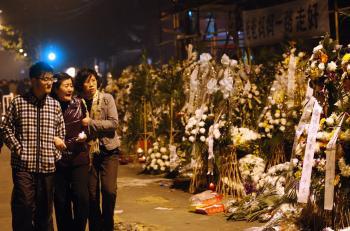

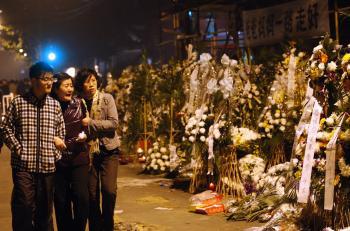
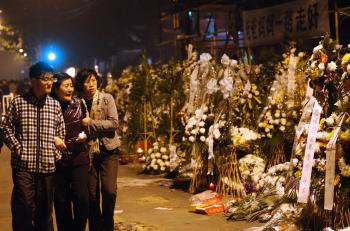


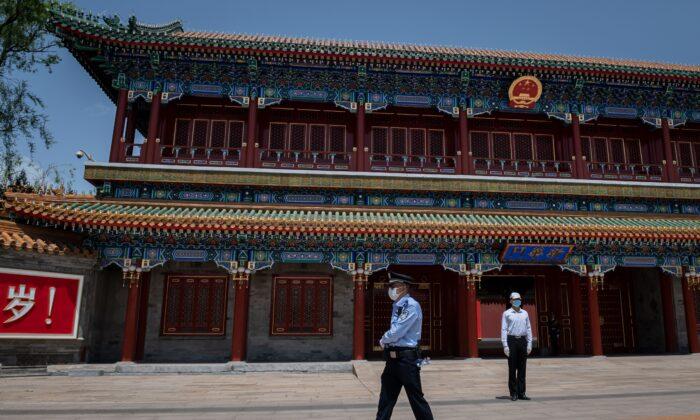
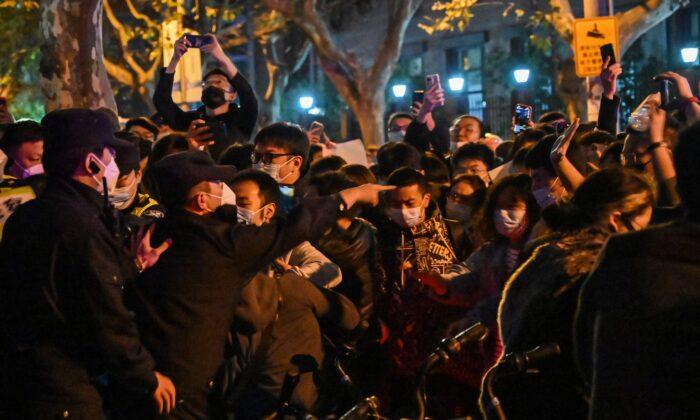


Friends Read Free